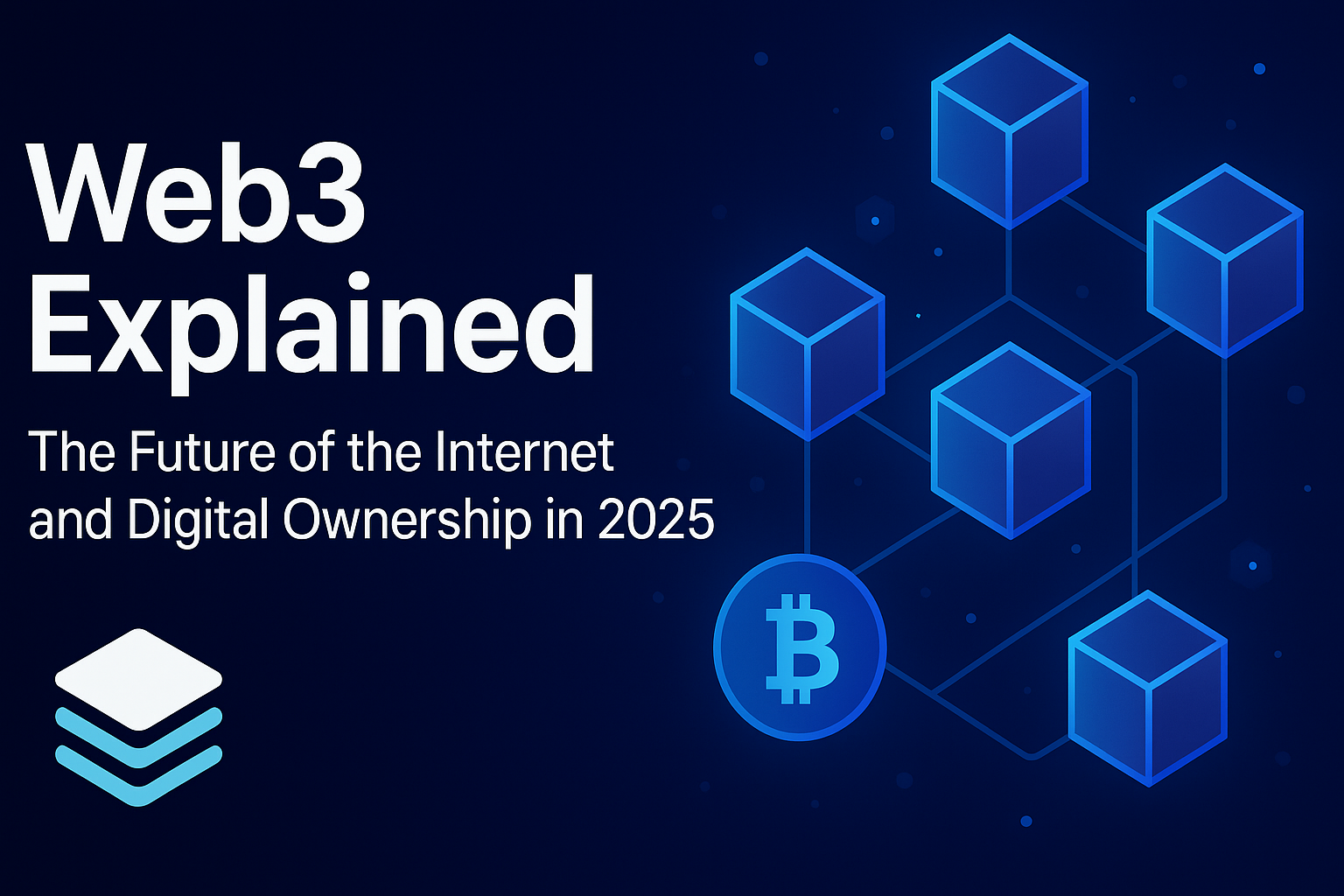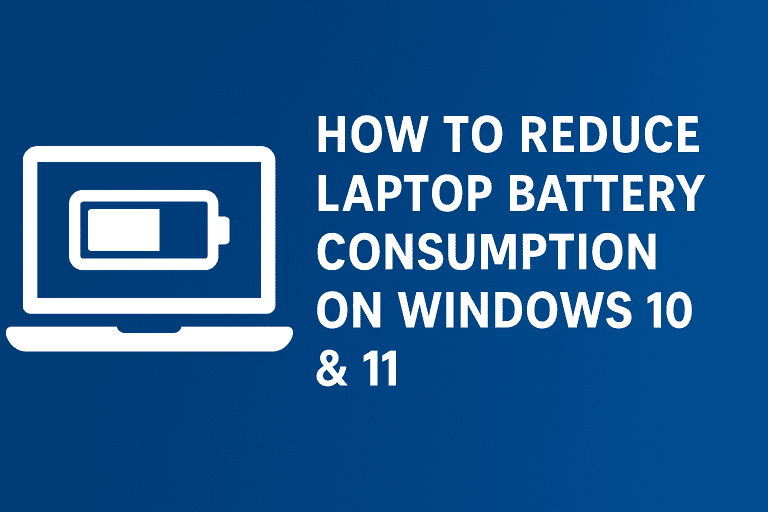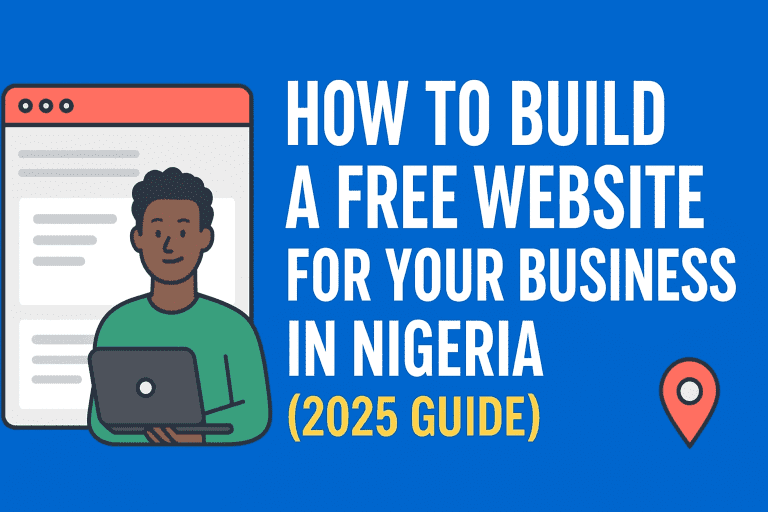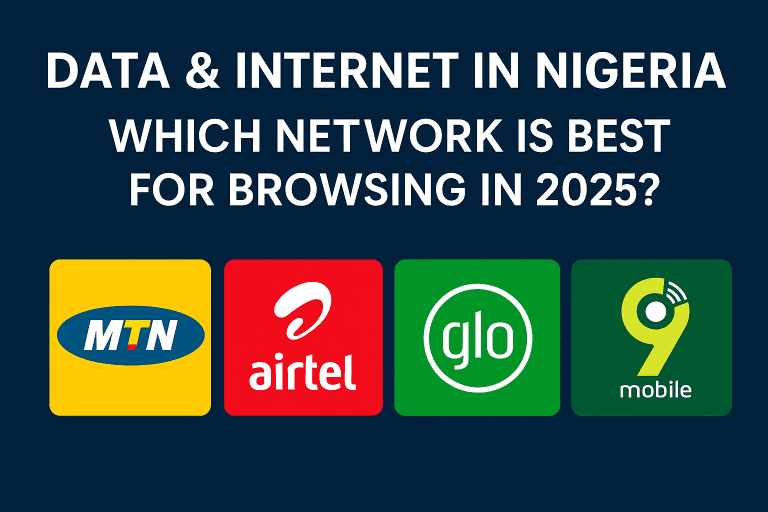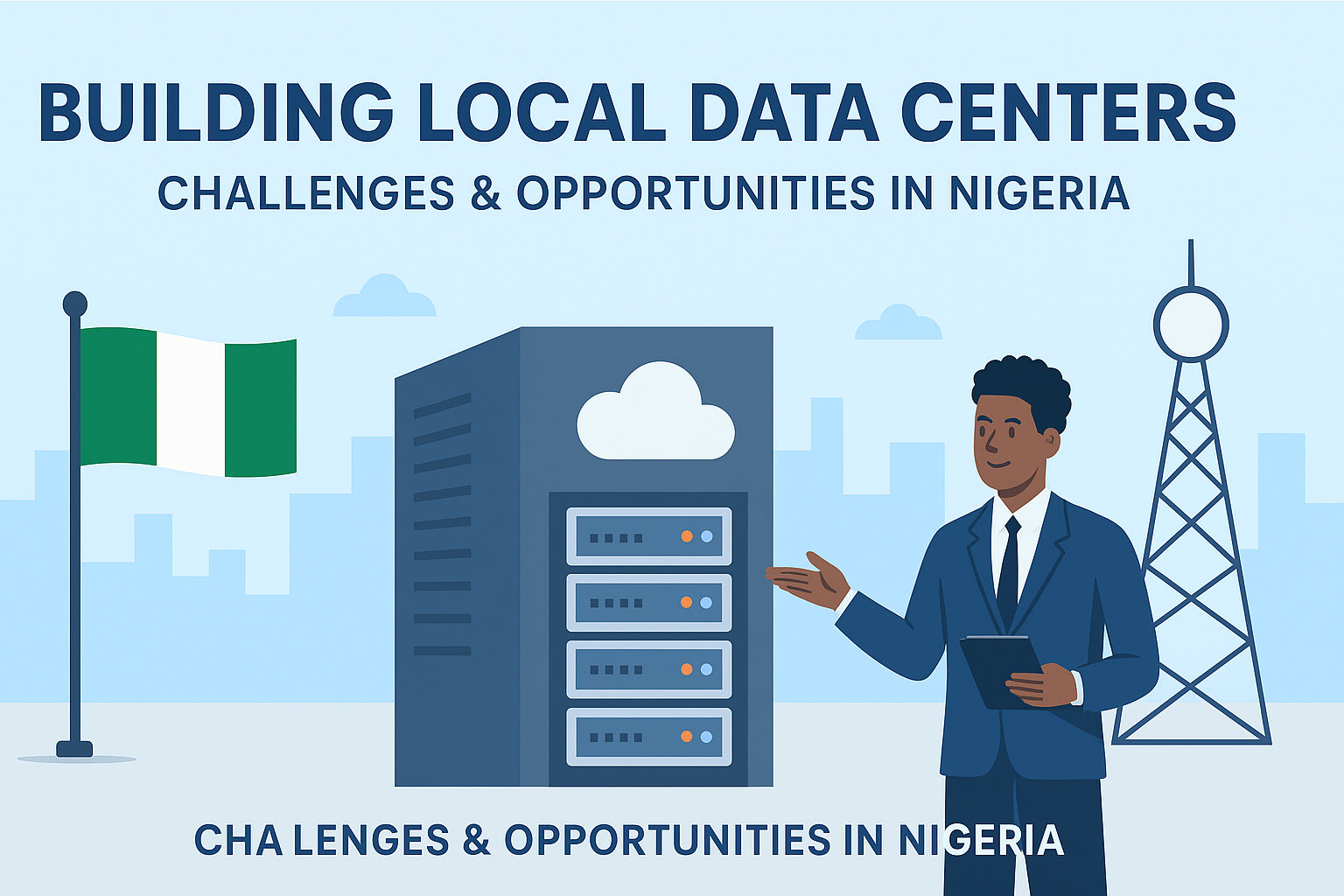Web3 Explained — The Future of the Internet and Digital Ownership in 2025
Introduction: The Dawn of a New Digital Era
The internet has evolved dramatically since its creation. From Web 1.0 (static websites) to Web 2.0 (social media and user-generated content), each phase has revolutionised how we connect and share information. Now, a new era is upon us — Web3 — a decentralised internet that gives power back to users, creators, and communities.
Web3 is more than a buzzword; it represents a paradigm shift from centralised control to user-owned digital ecosystems. It integrates blockchain, cryptocurrencies, NFTs, and decentralised applications (dApps), enabling transparency, autonomy, and digital ownership at an unprecedented scale.
What Is Web3?
At its core, Web3 is the next generation of the internet, built on blockchain technology. Unlike Web 2.0 platforms (Facebook, Google, YouTube), where corporations control data, Web3 allows users to own and monetise their content and data securely.
Web3 is powered by decentralised networks that eliminate middlemen, giving users direct control over transactions, identity, and communication. This means that you can send money, share data, or collaborate online without relying on centralised servers.
Key Features of Web3:
- Decentralisation: Data is distributed across networks rather than stored on centralised servers.
- Ownership: Users have direct control over their assets, identities, and content.
- Interoperability: Apps can interact across multiple platforms seamlessly.
- Transparency: Blockchain ensures open, verifiable transactions.
- Security: Encryption and consensus mechanisms prevent manipulation.
How Web3 Works
Web3 operates through blockchain — a distributed ledger system that records transactions securely and transparently. Every user (node) helps validate and store data, ensuring that no single entity can alter or censor information.
The Building Blocks of Web3:
- Blockchain Technology — The foundation enabling decentralised networks.
- Smart Contracts — Self-executing agreements coded on blockchains.
- Cryptocurrencies — Digital tokens that power transactions and incentivise participation.
- Decentralised Applications (dApps) — Software that runs on blockchain instead of centralised servers.
- Non-Fungible Tokens (NFTs) — Digital assets representing ownership of unique items.
Together, these technologies form the backbone of the decentralised web.
Why Web3 Matters
Web3 represents a movement toward digital freedom and ownership. Unlike traditional internet models that monetise user data, Web3 allows creators and users to earn directly from their work.
Benefits of Web3:
- Data Sovereignty: You control who accesses your data.
- Creator Empowerment: Artists, writers, and developers earn directly via tokens or NFTs.
- Financial Inclusion: Blockchain allows access to global markets without traditional banks.
- Transparency: All transactions are verifiable and traceable.
- Community Governance: Decisions are made collectively through decentralised autonomous organisations (DAOs).
This shift could redefine business models across industries — from media and finance to education and government.
Web3 in Nigeria and Africa
Nigeria is fast emerging as one of the top adopters of blockchain and cryptocurrency. The youth population is leveraging Web3 to create decentralised startups, trade crypto, and launch NFT collections.
From crypto remittances to Web3 startups, the continent is witnessing a digital revolution. Platforms such as Near Protocol, Polygon, and Binance Smart Chain are empowering local developers to build the next generation of dApps.
Example Applications:
- Blockchain Voting Systems
- Decentralised Banking (DeFi)
- NFT Marketplaces for African Creators
- Digital Identity Solutions
As infrastructure and education improve, Web3 could democratize access to the global digital economy across Africa.
Challenges and Risks of Web3
Despite its potential, Web3 faces several challenges that need addressing before mass adoption:
- Scalability Issues: Blockchain networks can be slow and expensive to use.
- Regulatory Uncertainty: Many governments are still defining crypto policies.
- User Experience: dApps are often complex for beginners.
- Security Threats: Hacks and scams remain a concern in the decentralised space.
- Energy Use: Some blockchains consume large amounts of energy.
Overcoming these issues will require innovation, regulation, and education to ensure that Web3 remains open, secure, and sustainable.
The Future of Web3
By 2025 and beyond, Web3 is expected to integrate seamlessly into everyday life. Imagine:
- Paying for groceries using your crypto wallet.
- Owning fractional shares of global real estate as NFTs.
- Voting digitally in transparent elections.
- Streaming on platforms where creators own their content revenue.
As AI and blockchain converge, Web3 could fuel a more ethical, equitable, and user-owned internet — redefining how humanity connects online.
Conclusion
Web3 is not just an upgrade to the internet — it’s a revolution in ownership and freedom. For individuals, businesses, and nations like Nigeria, embracing Web3 could unlock new digital economies and reshape the global future.
The earlier you understand and adapt to Web3, the better positioned you’ll be in this new decentralised world.


